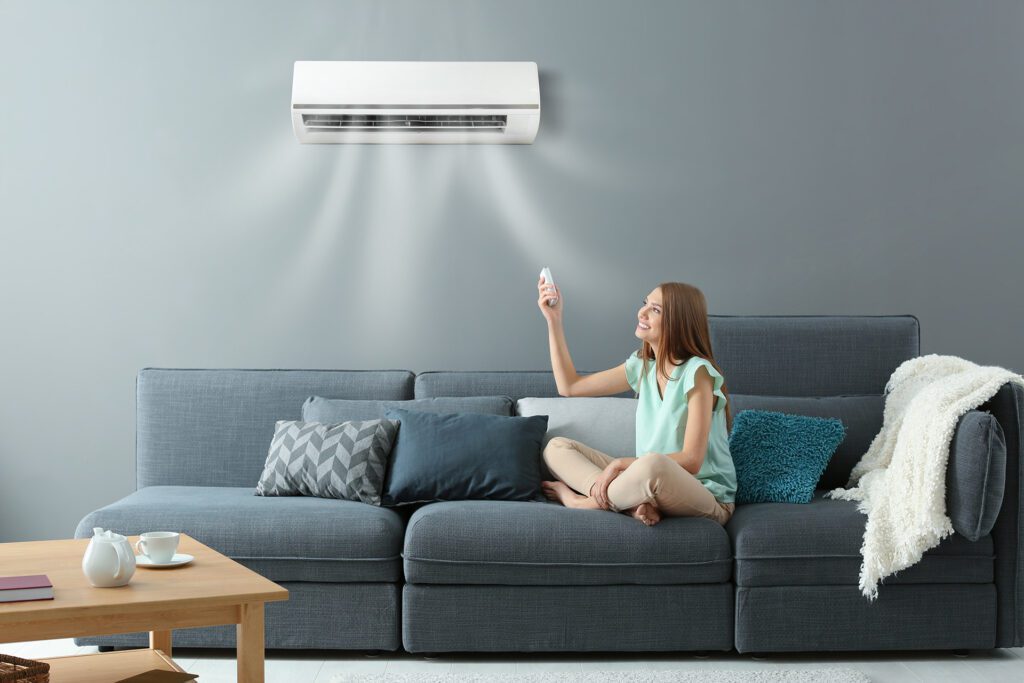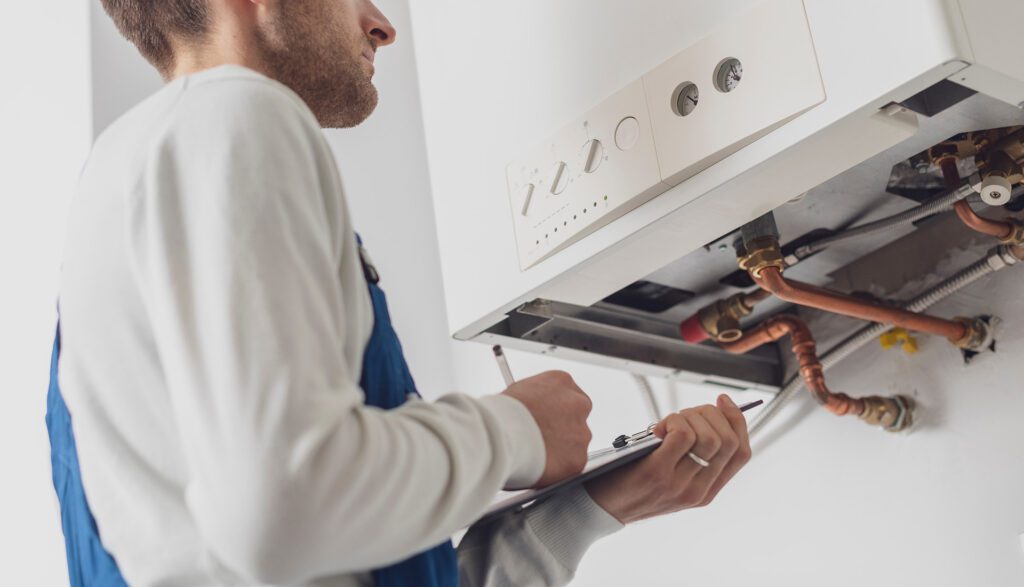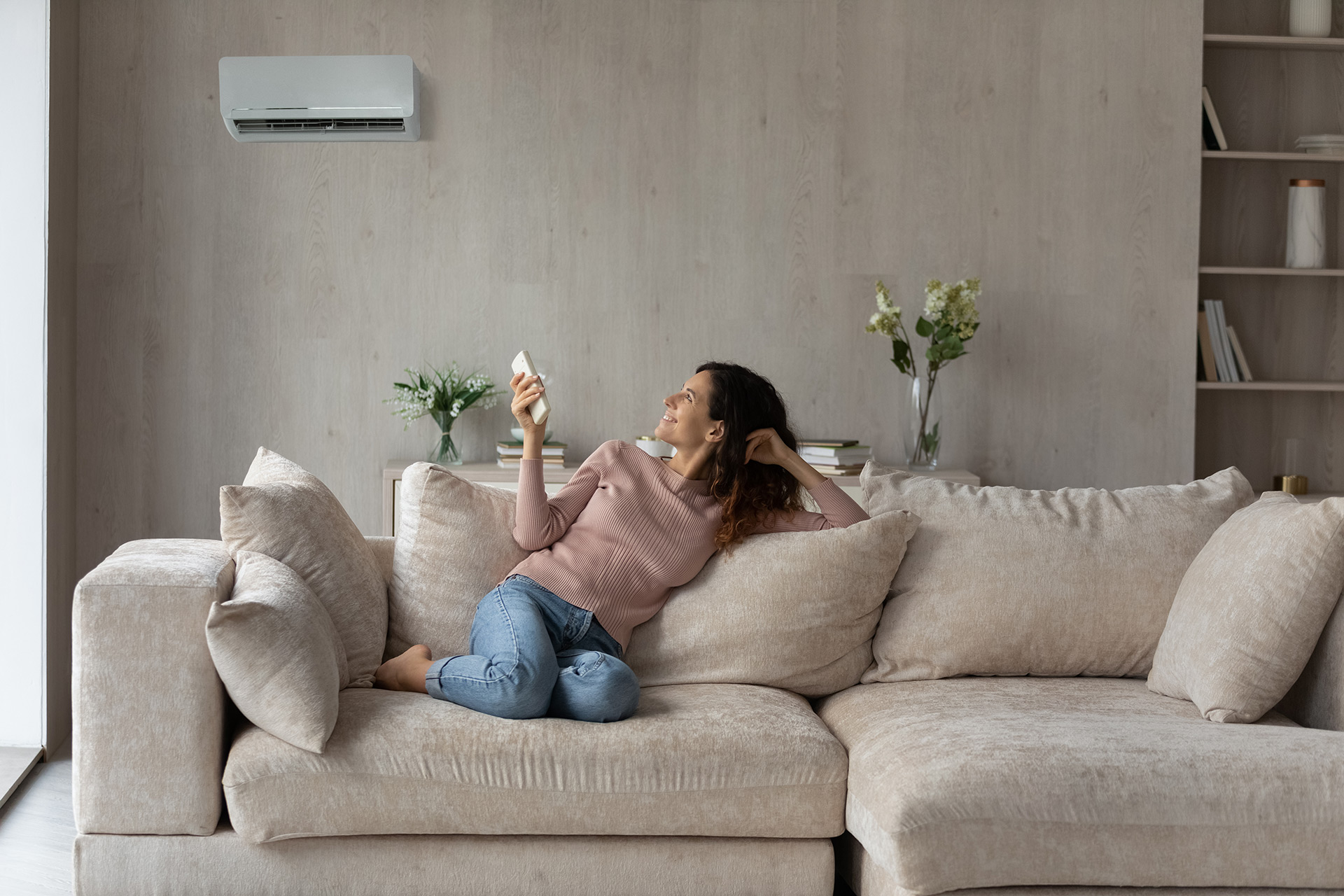When it comes to heating your home, choosing the right system is essential for comfort, efficiency, and cost-effectiveness. Two popular options in Australia are hydronic heating and traditional systems like ducted gas or reverse cycle units. Understanding their differences can help you make the best decision for your needs.
What is Hydronic Heating?
Hydronic heating uses water to distribute heat throughout your home. Water is heated in a boiler and then circulated through pipes to radiators, underfloor coils, or wall panels. This system provides consistent, radiant heat without the use of fans or ducts.
Traditional Heating Systems
Traditional systems, such as ducted gas heating and reverse cycle air conditioners, rely on air circulation to warm your home. Ducted systems distribute warm air via vents, while reverse cycle units offer both heating and cooling capabilities.
Efficiency and Cost
Hydronic heating is highly energy-efficient as it requires less energy to maintain a consistent temperature. It’s especially beneficial for households aiming to reduce their carbon footprint. Traditional systems, while effective, may consume more energy due to heat loss through ducts and reliance on electricity for air circulation.
Comfort and Health
Hydronic heating provides even, silent warmth and does not circulate dust or allergens, making it ideal for individuals with allergies or respiratory conditions. In contrast, traditional systems can create uneven temperatures and may exacerbate allergies due to airflow.
Installation and Upfront Costs
While hydronic heating systems have a higher initial installation cost, they often result in long-term savings due to lower energy bills. Traditional systems are generally more affordable to install but may require more frequent maintenance.
Ultimately, the choice between hydronic heating and traditional systems depends on your priorities. If you value energy efficiency, quiet operation, and improved air quality, hydronic heating may be the better choice. However, traditional systems remain a practical and versatile option for many Australian homes.


